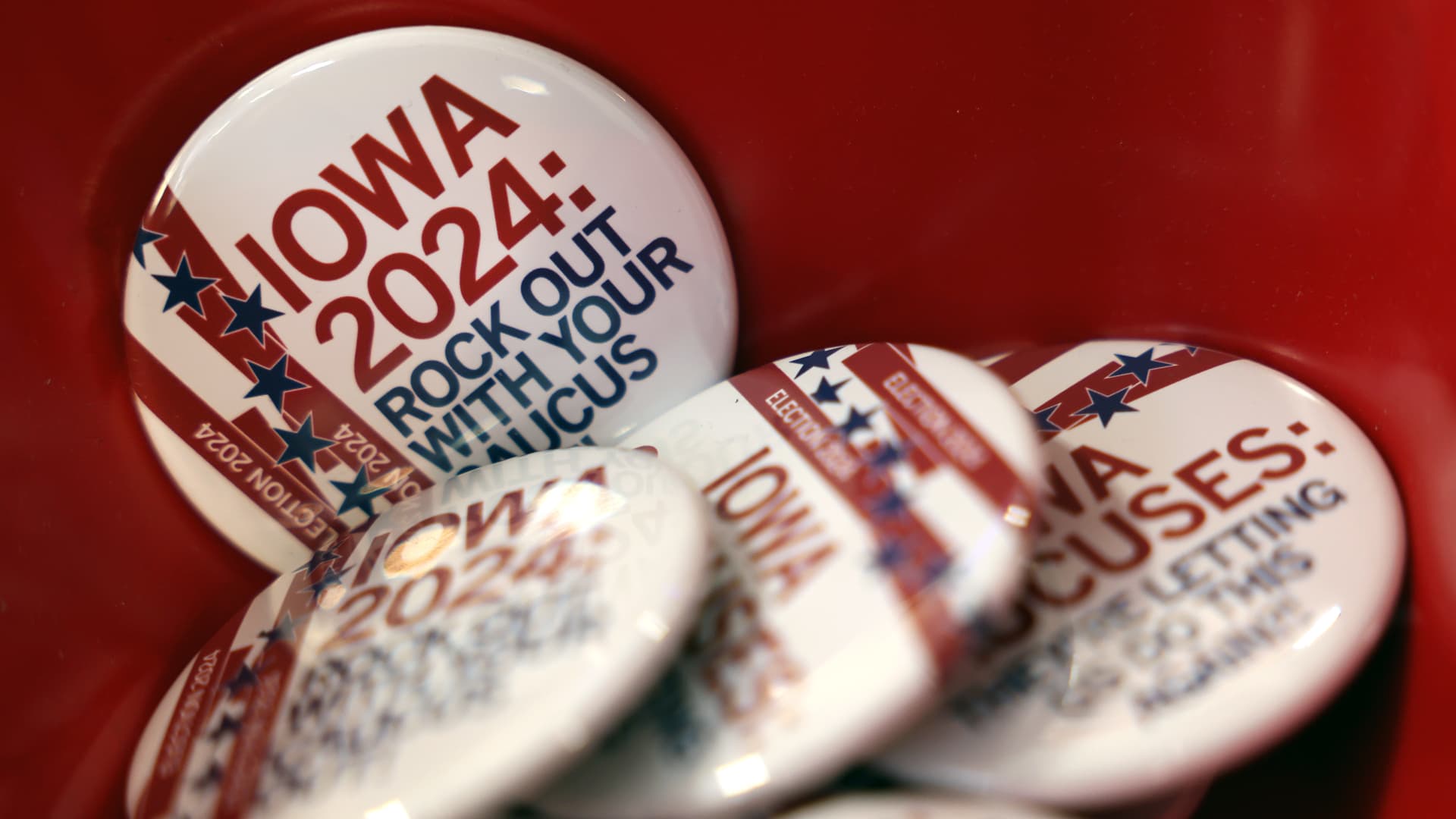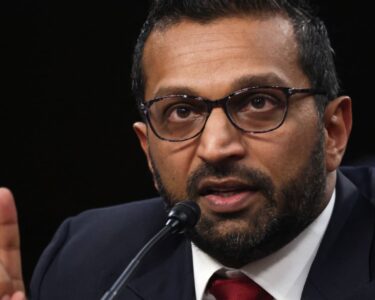Iowa voters will bear subzero wind chills on Jan. 15 to sit in school gyms, churches and community centers and discuss who they want to be the next U.S. president.
The Iowa caucuses are the first voting events in the Republican presidential primary. They tend to provide an initial signal of which direction a presidential election is headed.`
For GOP candidates who have been campaigning for months to unseat incumbent President Joe Biden, Iowa is a tipping point. It could provide candidates the momentum they need to close the polling gap with Republican frontrunner and former President Donald Trump. Or it could further confirm Trump’s stranglehold on the Republican base and widen his path to the nomination.
A caucus is an in-person meeting where individuals convene to coordinate on a particular issue.
In the case of a presidential election, a caucus is where voters give and listen to speeches about candidates and then cast their votes. It is different from the now more common presidential primary structure, where voters go to polling places throughout Election Day and cast secret votes or mail those votes in remotely.
For the Republican caucus, there is no remote option. Voters must show up in person at their designated local precincts at a preset time, which can exclude those who may want to attend but cannot due to logistical barriers like childcare and work schedules. It also self-selects for voters who are comfortable expressing their political views in public.
Caucuses used to be far more prevalent in the U.S. election system than they are now. Along with Iowa, at least eight other states will caucus in 2024 including Nevada, Wyoming and North Dakota. U.S. territories like American Samoa, Guam and the Virgin Islands also hold caucuses.
The logistical difficulties of caucusing make Iowa a helpful gauge of the strength of a candidate’s voter base. Those who find a way to spend their Monday evening in a high school gym during a blizzard tend to be uniquely ardent supporters of their candidate.
More tangibly, the results of the caucuses determine the proportion of Iowa’s 40 delegates that each candidate will get. Iowa represents a small portion of delegates nationally, however, so winning the state delegate-wise is not always a candidate’s primary goal.
Instead, Iowa is more about exceeding expectations so that a candidate can spin a narrative of momentum for the rest of the primaries. As the first official litmus test of a candidate’s viability, the results are a way for voters to determine who stands a chance on the national stage.
Historically, Iowa has been more determinant of Democratic presidential nominees than Republicans.
Republican voters will gather at their designated local precincts across the state on Monday evening. There, a caucus chair and secretary will be elected to run the meeting. Surrogates will then give public speeches on behalf of candidates before caucusgoers cast their votes on paper ballots.
The results of that vote determine the proportion of Iowa’s 40 convention delegates that each candidate will receive. Those delegates then begin a months-long process of attending county conventions before they face elections on who will represent at the Republican National Convention.
For Democrats, the 2024 caucuses will be mostly a formality and not have much bearing on the race. Unlike previous years, Democrats in Iowa can mail in their candidate choice and on caucus night, the party will mainly focus on administrative business and starting to elect delegates.
Democrats in Iowa used to caucus by listening to speeches and then standing up to physically organize themselves into different candidate groups. That will not happen this year.
Democrats have intentionally lessened their emphasis on the Iowa caucuses due to a vote-counting blunder in 2020. Technical difficulties led the reporting process to collapse and delay the results for days.
As with most early polling over the past couple of months, Trump has held a significant lead in Iowa among the GOP candidates. However, Iowans sometimes shock people.
In 2020, the Democratic candidate at the time, Pete Buttigieg, took Iowa with a surprising lead, despite being a relative unknown the year before compared to competitors like Biden. In 2016, Republican candidate Ted Cruz won the state, outdoing Trump who later alleged Cruz’s victory was due to “fraud.”
Iowans take pride in having the first say in the presidential election and often reward candidates who take them seriously by spending time in the state.
GOP candidate Vivek Ramaswamy has been committed to completing a “double Grassley,” an insider term for visiting all 99 counties in Iowa twice. Florida Gov. Ron DeSantis has been on the road to complete a “full Grassley,” which is visiting each of the 99 counties once. Trump has spent significantly less time in the state, often holding events via surrogate speeches, such as appearances by his son Eric Trump. Former U.N. ambassador Nikki Haley has also put less emphasis on Iowa and more investment into New Hampshire, the nation’s second primary.
Though Ramaswamy might be leading on retail politics, that is just one prong of a complete Iowa strategy. DeSantis, after all, has major Iowa endorsements from people such as Bob Vander Plaats, the influential evangelical leader who has endorsed the Republican winner of the last three caucuses.
Former Arkansas Gov. Asa Hutchinson is polling at roughly 1% in Iowa, giving him the lowest bar of expectations to exceed.
All to say that despite Trump’s expected victory, the Iowa race is not over.
Both caucuses will officially begin at 7 p.m. CT. Voters will likely begin to trickle into their caucus locations a couple of hours before, with doors generally opening at 5 p.m. The caucuses are expected to last an hour before vote counting begins. If all goes smoothly, the results should become clear shortly before midnight.
CNBC will run live coverage on Monday starting in the hours leading up to when caucusing kicks off and until results are reported.
Correction: Along with Iowa, at least eight other states will caucus in 2024. An earlier version misstated the number.






